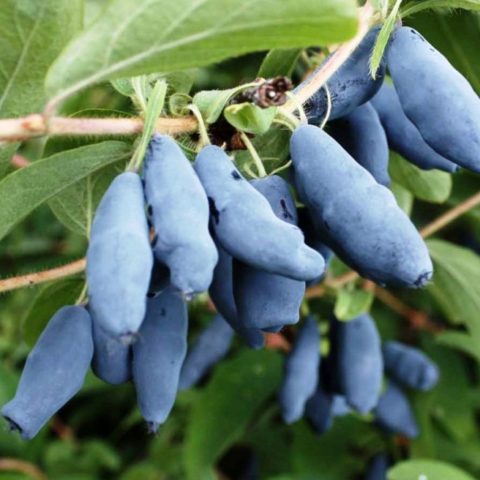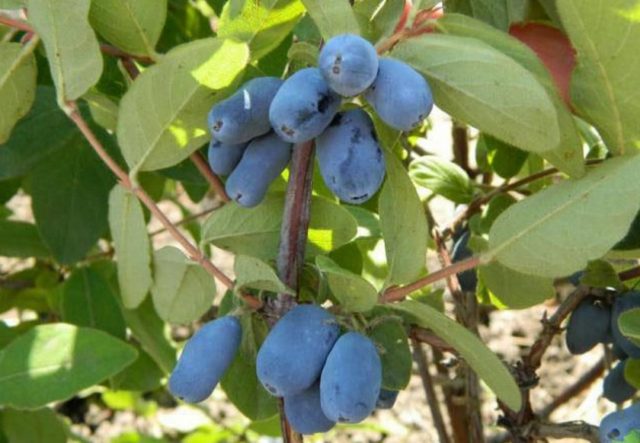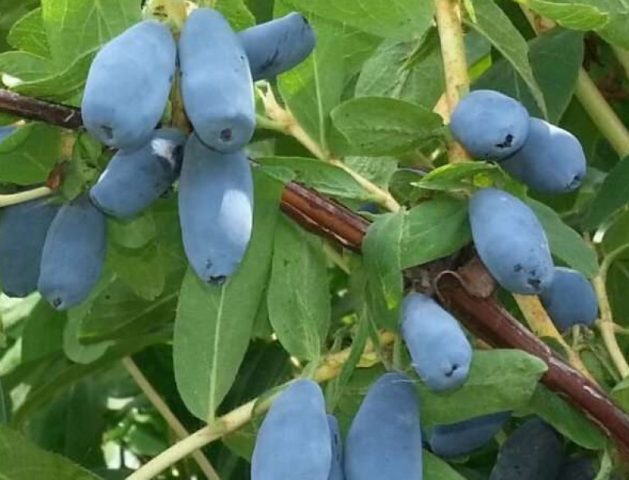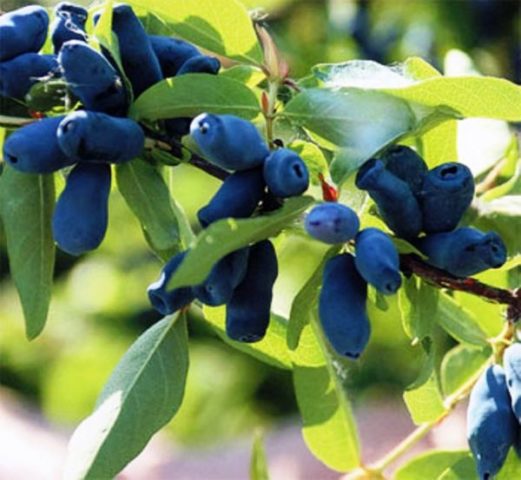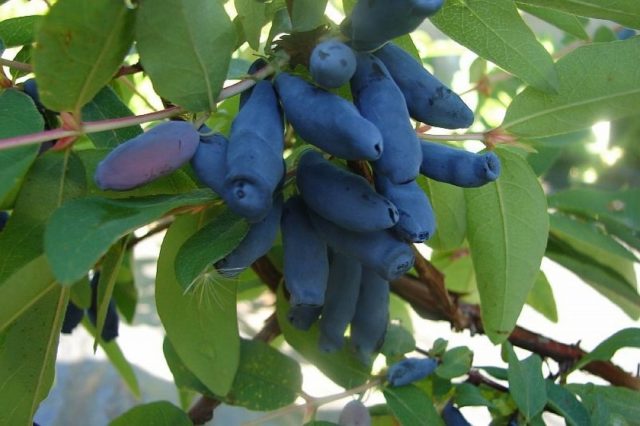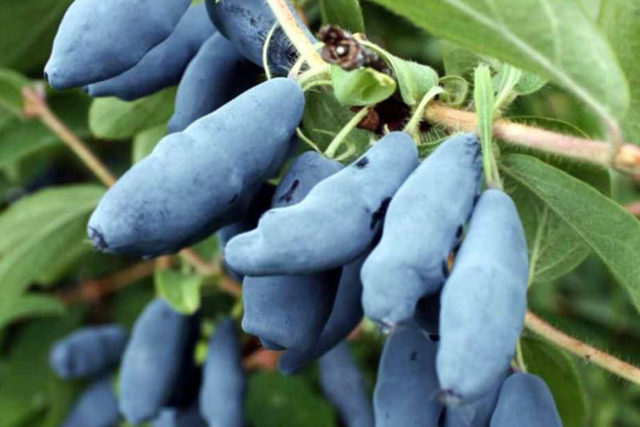Content
There are situations when honeysuckle is bitter, but this is the earliest and most useful berry that ripens in gardens in May. She has an unpleasant aftertaste for several reasons. This can be unfavorable weather conditions or a varietal peculiarity. Lack of moisture, dry summers turn even the sweetest fruits into a treat that tastes bitter.
Why honeysuckle tastes bitter
The changeable weather in summer can spoil the taste of the future harvest. Rain and high humidity will only intensify the sweetness of the berry pulp. Drought and exposure to direct sunlight will add a touch of bitterness.
Bitter honeysuckle ripens in favorable weather conditions, when rainy weather alternates with sunny. This flavor is considered the most organic, inherent in the fruits of this particular plant.

The Sinilga variety is initially distinguished by an increased, characteristic bitterness, weather conditions are not able to affect this quality
Bushes with bitter fruit pulp grow mainly in the northern regions of the country.
The same characteristics are distinguished by the varieties of the old selection. These include:
- Blue spindle - a hybrid bred more than forty years ago.
- Zest - a variety obtained in the Urals in the 90s.
- Selena - a seedling obtained from Altai honeysuckle has been under strain testing since 1993.
- Fire opal - a frost-resistant variety with bitter berries, which has been listed in the State Register since 1980.
Shrubs bred in recent decades bear fruit with sweet berries. In order not to get a crop that tastes bitter, varietal plants are purchased.
The sweetest fruits are produced by the following hybrids:
- Gzhel early - a vigorous shrub, which is included in the State Register for all regions of Russia.
- Lazurite variety - medium-sized, winter-hardy shrub, high in vitamin
- Bogdan - a fast-growing, fruitful variety. The tasting score of the fruit is 4.8 points.
- Bakchar jubilee - mid-season, high-yielding variety with large sweet and sour berries.
Is it possible to eat bitter honeysuckle
Some lovers like it when the honeysuckle fruit is bitter. They can be eaten practically without restriction if there is no allergy. Berries that are bitter are put into processing, making marshmallows, jams, compotes and preserves from them.
In folk medicine, it is the bitter fruits that are used. They will help restore the correct metabolism, cope with the problems of the digestive tract, and lower blood pressure.
How to remove the bitterness from honeysuckle
Honeysuckle berries are bitter if not properly cared for. The right variety, regular watering and pruning will make them sweet.
The harvested crop, which tastes so bitter that it is not at all possible to eat it, is processed with sugar. Pass through a meat grinder and mix with granulated sugar in a ratio of 1: 1.5. The resulting raw jam is sent to the refrigerator for a month. The present vitamin delicacy will not taste bitter.
You can also freeze bitter fruits for the winter. After processing with low temperatures, they lose most of the bitterness, become more useful for the body. Berries are suitable for making stewed fruit, jelly and jams.

Frozen, fresh berries are recommended for consumption in winter.
If you eat 5-7 pieces a day, you can protect yourself from colds with the arrival of cold weather.
Prevention of the appearance of bitterness in honeysuckle
The key to the ripening of sweet berries in cultivated varieties of honeysuckle is proper and regular care. The plant is unpretentious, but does not tolerate indifference.
Young seedlings are rooted in partial shade. Under natural conditions, the shrub grows near the forest, does not tolerate exposure to direct sunlight. Close groundwater and drafts should be avoided.

Before flowering, top dressing is applied under the bush
After the color has crumbled, the plant is fertilized again. It does not tolerate chemical solutions, it is fed only with organic matter.
If the honeysuckle has overwintered on the site, pruning is carried out after the snow melts. Remove frozen and damaged shoots.
As soon as the weather becomes steadily warm, the shrub is watered regularly. It is enough to do this once every 2 weeks. During the season, you need to carry out up to 10 waterings. Each shrub will need at least 3 buckets of water.
Weeds are removed as needed and the soil around the tree is loosened. After watering, the trunk circle is mulched.
As soon as the first harvest ripens (mid or late May), they are in no hurry to remove it from the branches - it will taste bitter. It is necessary to wait until complete ripening and leave the berries on the mother plant for another 2-3 days. Overripe honeysuckle fruits lose most of their bitterness and become sweet. But it is not recommended to overexpose them on the branches, they can crumble.
In the fall, honeysuckle bushes are pruned again. Branches growing inside the crown are removed - they create a shadow in which the berries become smaller and begin to taste bitter.
Conclusion
Honeysuckle tastes bitter if it is the fruit of a wild bush. Modern dessert varieties have a pleasant sweet and sour taste. To prevent the seedling from the nursery from bearing fruit with bitter berries, proper care is required for it. At the same time, the wild game growing nearby is not uprooted, it will serve as a good pollinator for the noble plant.
